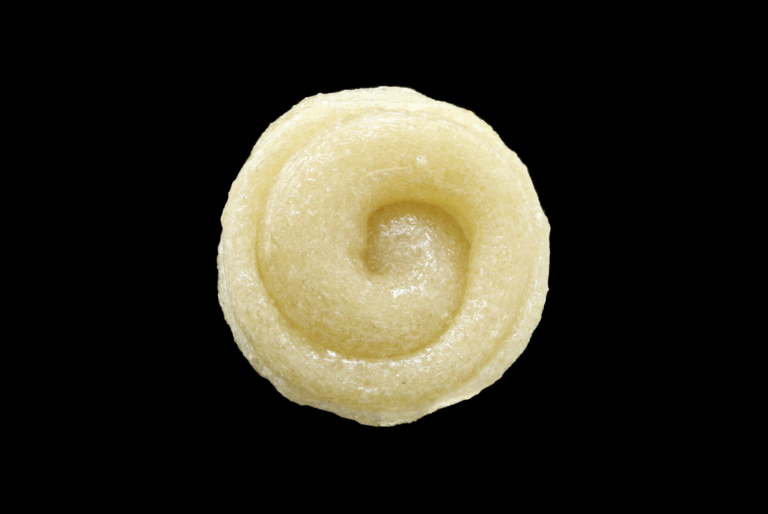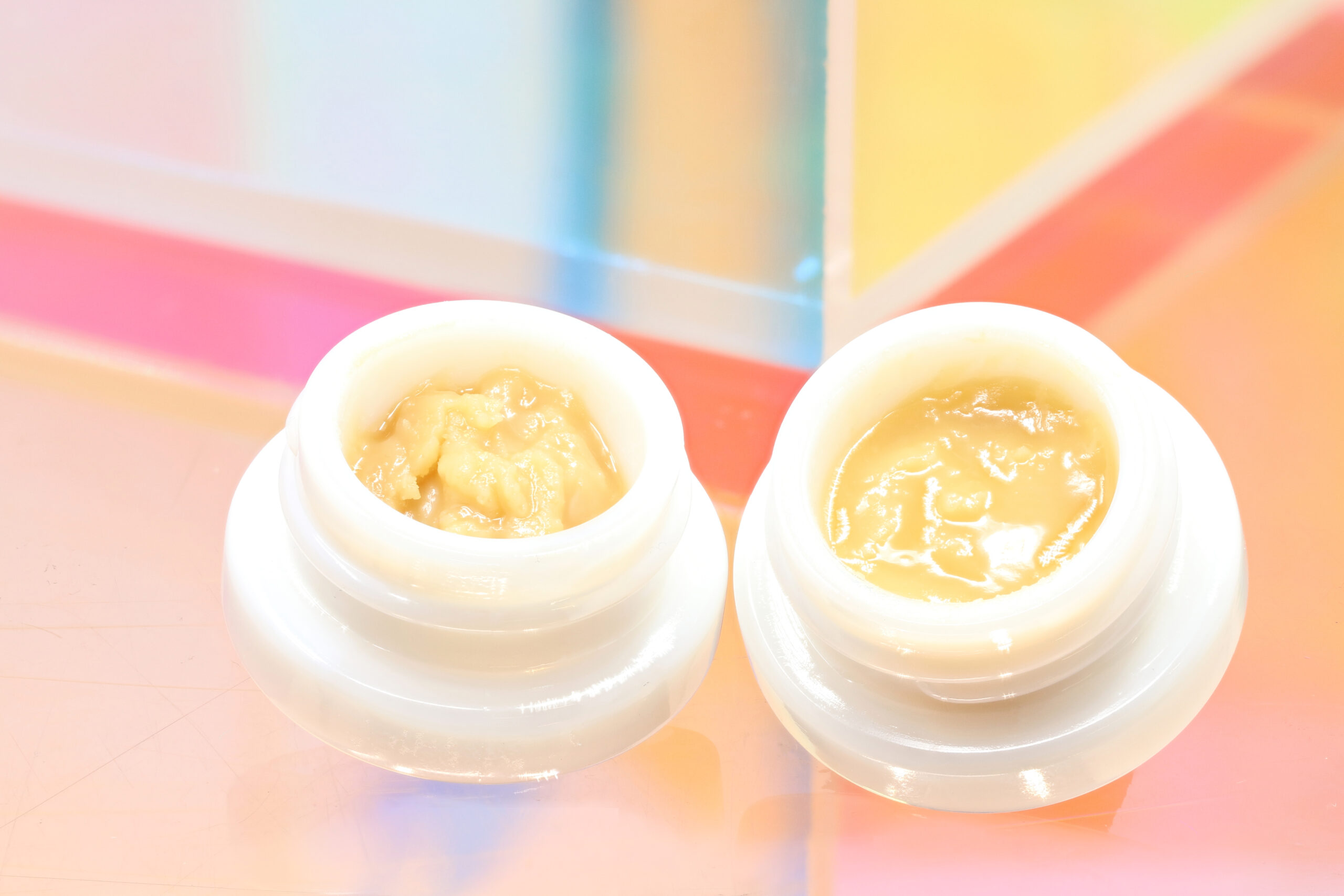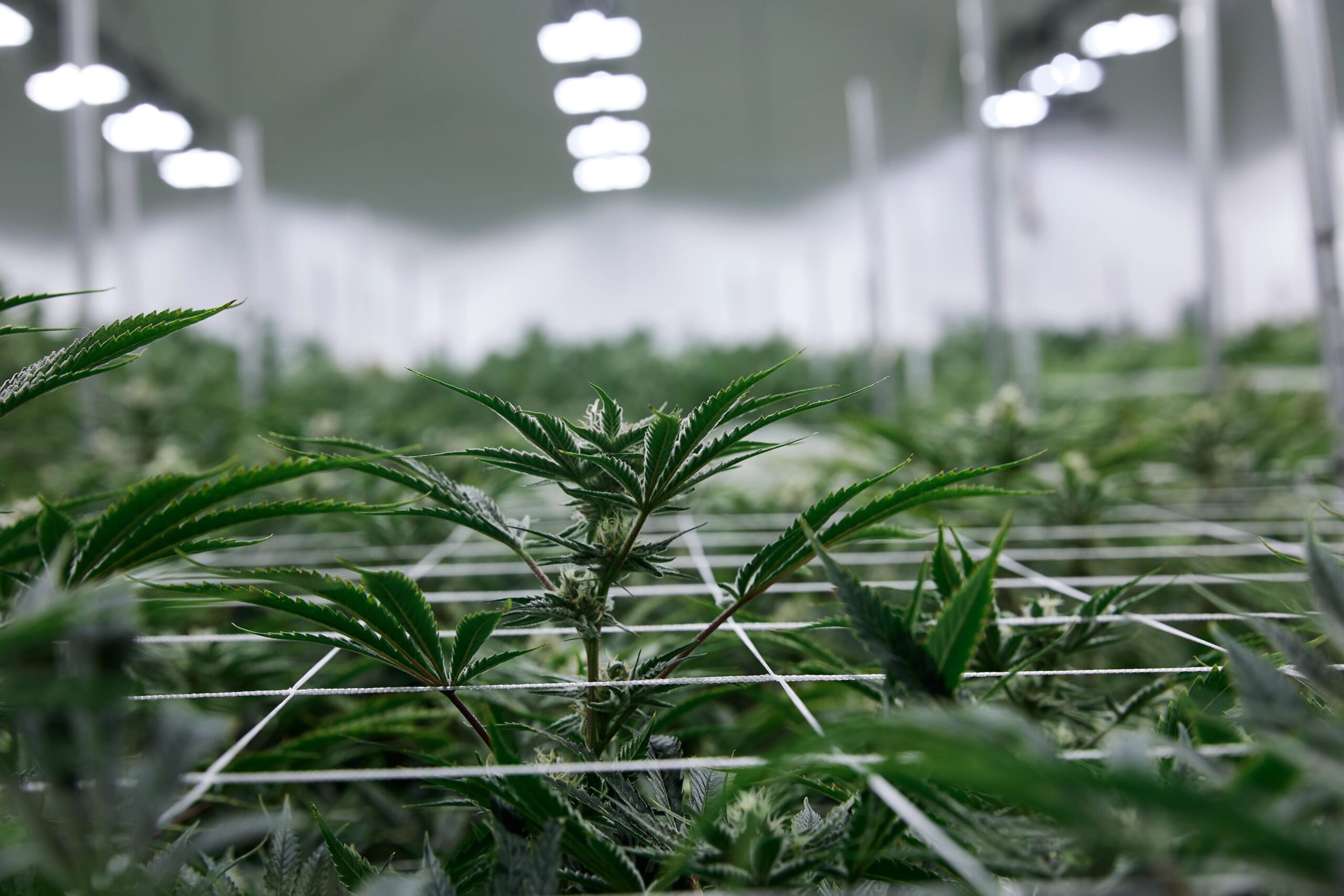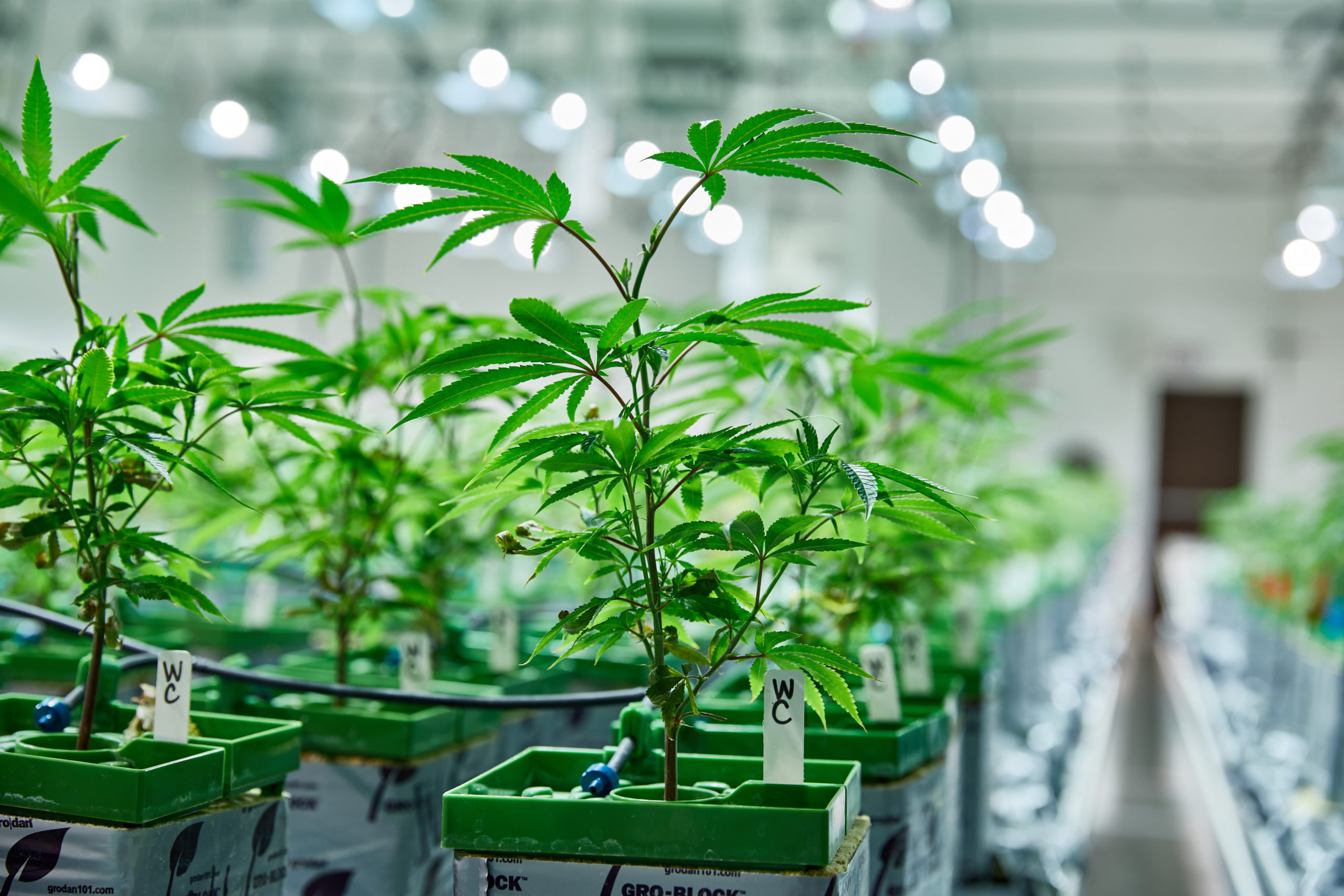All cannabis concentrates start at the same place: the plant. And the quality of the end concentrate can only be as good as the plant material that was used to make it.
Across the industry, there are few brands that put such an intense emphasis on quality flower as 710 Labs. It's mastered the art of growing in order to master the art of hash making, delivering only the best to consumers and fellow hash heads.
Below, we talk cannabis and hash with 710 Labs' VP of Cultivation and passionate hash head, Richard Sciascia, and learn about the brand's approach to farming for some of the best trichomes found on the cannabis market today.
10 questions with 710 Labs grower Richard Sciascia
Weedmaps: How does 710 Labs ensure that the essence of the plant is captured and expressed through its hash products?
Richard Sciascia: Plants guided by quality will be the healthiest version of themselves, with their fullest expression on display in the resin. Smell, taste, melt, smoke, and effect are volatile attributes that are affected by plant health. If we grow great weed, we can capture what we love about that plant in hash.
WM: Can you explain the process of pheno-hunting and its significance in the production of high-quality hash?
 Photo by: Weedmaps/710 Labs
Photo by: Weedmaps/710 LabsImage lightbox

Sciascia: The best quality hash comes from resin that has certain characteristics. Until recently, the selection of genetics for hash production was not commonplace in modern cannabis cultivation. We grow a lot of plants from seed and select individuals that have the right type of resin for water hash with great flavor. This process of phenotype selection has been a cornerstone of 710 Labs since the beginning — over 90% of our genetic library was pheno-hunted in-house.
WM: Could you walk us through the process and selection criteria for producing hash and flower at 710 Labs?
Sciascia: Our focus is simple: quality smoke. We search for flavor, resin quality, and flower structure in that order.
Flavor is first during the selection process, which initially narrows it down to 20% of the field. We can typically tell by the type of resin if it's best suited for either hash or flower production. We harvest this initial selection and process it for fresh frozen, or hang it to dry. After it's washed or trimmed, we smoke through all of it a few times over, narrowing the selection to smaller groups each time, until we have the best of the field.
WM: Do you have a favorite type of concentrate that 710 Labs produces? Why is it your favorite?
Sciascia: Water Hash. It's the unrefined essence of the plant. I love the effect and complexities of smoke and texture.
WM: Can you tell us about the significance of the plant on the final outcome of the concentrate?
 Photo by: 710 Labs
Photo by: 710 LabsImage lightbox

Sciascia: Fire in, fire out. Garbage in, garbage out.
The higher the quality of plants being harvested, the better the resin. If you're cultivating with yield as your focus, it's going to show in the hash which will lack flavor and nuance to the smoke.
WM: How does the resin's texture and feel on the plant provide insights into its potential for producing high-quality hash?
Sciascia: The type of resin can be an indicator of quality, but is more indicative of hash yields. There are four main categories of resin texture: granular, sticky, greasy, and wet.
Really wet resin on the plant suggests that type of resin gland ruptures easily, leaving little to no intact trichomes needed for producing high-quality hash. On the opposite side of the spectrum, granular or sandy textured resin may yield well, but that trait does not guarantee quality hash material.
WM: What specific steps or criteria are followed during the pheno-hunting process at 710 Labs?
Sciascia: Our process is driven by which plants provide the best sensory experience. The first selection round is sight, smell, and touch-focused. We smell all the plants and feel the resin; selections fall into either “flower” or “hash” plant categories. Then, we look at plant and flower structure, which aids best to hash production or dry flower aesthetics. Nothing is too ugly to make the cut, we won't exclude things that have poor yield or lack jar appeal.
If the flavor is there and it's special enough, it goes to the next round. Which is the most important part — smoking it. If it doesn't taste great and smoke well, then it's culled. We smoke hash in all forms during our pheno-hunt: 90u, first press, and persy rosin. Each time we smoke through them, the selection group narrows until we land on our keepers, which make up less than 1% of the initial field. We grow the keepers on a smaller commercial scale and see how they perform.
The trial run isn't specific to yield, rather, do the quality and everything we loved about the selection translate in a production model from clone vs. a single plant from seed. If all goes well and she's special enough, we add her to the library and into production.
WM: How do yield considerations impact the decision-making process when selecting strains for hash production at 710 Labs?
 Photo by: Weedmaps/710 Labs
Photo by: Weedmaps/710 LabsImage lightbox

Sciascia: We're a quality-first company, yields are one of the last considerations and don't determine if we will grow it or not. We look at yield as grams of hash per square foot, biomass in combination with hash yield.
We put care into everything we do, from how we handle resin during harvest to the nuances in the lab.
WM: How do 710 Labs balance flavor and quality with other factors, such as yields and biomass production?
Sciascia: We look at yield as grams of hash per ft², this is the combination of both flower biomass and the percent of hash yielded in extraction. Our plant nutrition is focused on healthy flavorful plants, not pushing EC for yields. Growing the right cultivars that naturally have great resin production means we don't need to hit three pounds per light to be a healthy business.
WM: Could you explain the differences in production and extraction yields between using living soil and coco as cultivation mediums?
Sciascia: As a general rule of thumb, we expect slightly higher biomass in coco and higher extraction yields from soil. This is not always the case, as we often have coco batches that dump more hash, and soil-grown plants that outperform conventional batches.
The magic of soil-grown hash is in the nuanced expression of plants that make more of their own decisions. Living soil provides a platform for the intelligence of the plant to be on display, deciding when it wants to eat from the soil buffet. This cultivation style captures the plants' natural expression, which is not as replicable as measured conventional nutrients delivered to plants grown in coco.





